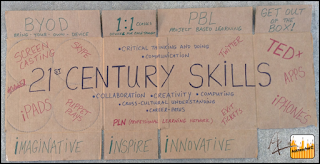Creative Schools: A Book Review by AskteacherZ
Educational Assembly Lines still pump out Model "A" Grades to 21st Century Students! Little doubt remains that the current emphasis on standardized education squelches creativity. In the book Creative Schools author Sir Ken Robinson, Ph.D. argues masterfully that the industrial aged, one-size fits all, the educational structure of yesteryear exists in our schools still to this day but in a most destructive manner. To curb this continued course and positively transform education it will take a revolution of the masses. Revolts begin with disseminating information to crystallize the unity of the many. Identifying curricular outcome flaws is often not enough to sway involvement. However, presenting the political purse of maintaining ancient industrial education testing techniques is a powerful motivator. The sticker price to clone learning costs billions of dollars. Testing and supporting students in the United States is a booming big business. It finances political

